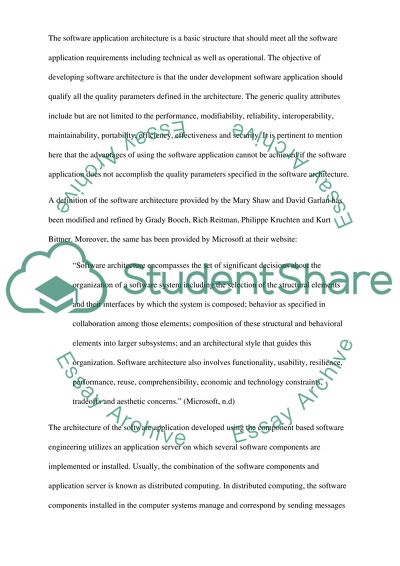Cite this document
(“The software architecture Assignment Example | Topics and Well Written Essays - 3000 words”, n.d.)
Retrieved from https://studentshare.org/logic-programming/1623762-the-software-architecture
Retrieved from https://studentshare.org/logic-programming/1623762-the-software-architecture
(The Software Architecture Assignment Example | Topics and Well Written Essays - 3000 Words)
https://studentshare.org/logic-programming/1623762-the-software-architecture.
https://studentshare.org/logic-programming/1623762-the-software-architecture.
“The Software Architecture Assignment Example | Topics and Well Written Essays - 3000 Words”, n.d. https://studentshare.org/logic-programming/1623762-the-software-architecture.


